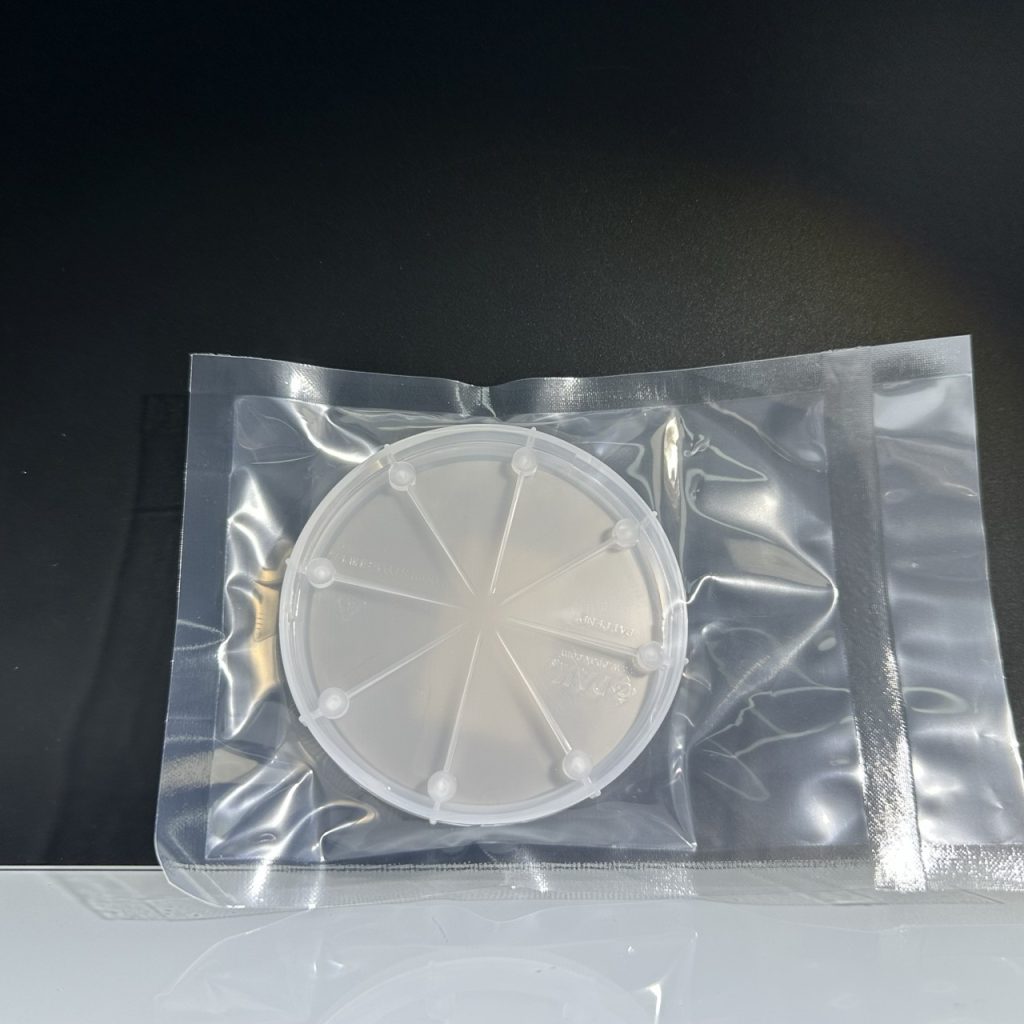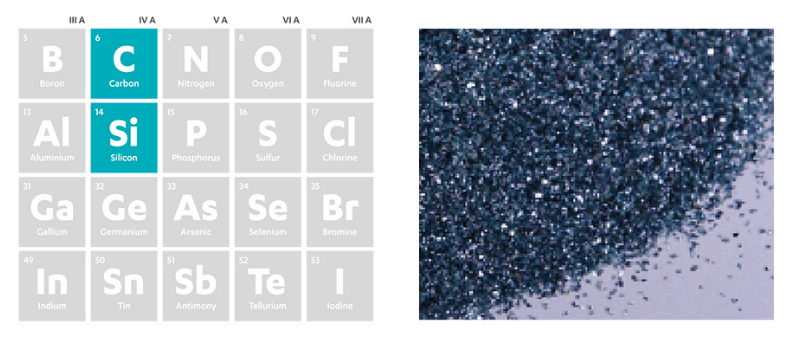What is SiC
Silicon carbide belongs to the category of wide-bandgap semiconductor materials. In comparison to traditional materials, silicon carbide exhibits outstanding physical properties that contribute to the reduction in size and weight of discrete devices, modules, and even entire system units, thereby enhancing overall efficiency.
As a wide-bandgap semiconductor, silicon carbide offers unique advantages, including high-temperature stability, high breakdown voltage, and excellent thermal conductivity. These features make it well-suited for applications in power electronics, high-frequency devices, and harsh environments.
Furthermore, the superior properties of silicon carbide contribute to the miniaturization of components and systems, making it a preferred choice for various electronic and electrical applications. Its use can lead to improvements in performance, energy efficiency, and reliability, ultimately advancing technological innovations in diverse fields.
Feel free to reach out for further information or to discuss how silicon carbide can be tailored to meet specific application requirements.

SiC
Silicon carbide, classified as a compound semiconductor within the IV-IV group, results from a 1:1 combination of carbon (C) and silicon (Si) elements. Renowned for its exceptional hardness, silicon carbide ranks just below diamond in terms of hardness. This unique material boasts considerable promise in the field of semiconductor technology, albeit being recognized for its high hardness and brittleness. The manufacturing process is intricate, presenting substantial challenges in processing.
Despite its complexities, the distinctive properties of silicon carbide, including high-temperature stability and excellent thermal conductivity, position it as a leading candidate for applications in power electronics, high-frequency devices, and extreme environments. The continuous exploration of innovative processing techniques aims to unlock the full potential of silicon carbide in advancing technological frontiers.

SiC’s feature
Bandgap width (High-temperature resistance) 1
High critical breakdown electric field (High-voltage endurance) 2
High thermal conductivity (Heat dissipation) 3
Saturation electron drift velocity (High switching speed) 4
| 4H-SiC | Si | GaAs | GaN | |
| Wide bandgap(eV)1 | 3.26 | 1.12 | 1.42 | 3.42 |
| High critical breakdown field(MV/cm)2 | 2.8 | 0.3 | 0.4 | 3 |
| High thermal conductivity(W/cmK)3 | 4.9 | 1.5 | 0.46 | 1.3 |
| Saturated electron drift velocity(1E7 cm/s)4 | 2.7 | 1 | 2 | 2.7 |
- A broader bandgap ensures limited electron transit and weak intrinsic excitation at high temperatures, enhancing resistance to elevated operating temperatures. Silicon carbide boasts a bandgap width three times that of silicon, enabling a theoretical working temperature exceeding 400 ℃.
- Critical breakdown field strength denotes the electric field strength at which electric breakdown occurs, compromising the material’s insulation. It defines a material’s voltage resistance. Silicon carbide exhibits a critical field strength approximately ten times that of silicon, enabling it to withstand higher voltages, rendering it more suitable for high-voltage devices.
- Heat significantly influences device lifespan, with thermal conductivity representing a material’s ability to conduct heat. Silicon carbide’s high thermal conductivity effectively dissipates heat, reducing device temperature and maintaining normal operation.
- Saturated electron drift velocity refers to the maximum directional speed of electrons in semiconductor materials, determining device switching frequency. Silicon carbide’s saturated electron drift velocity is twice that of silicon, allowing device miniaturization and efficiency improvement.
SiC Applications
Power Electronic Devices SiC power devices offer distinct advantages, including high voltage, high current, elevated temperature tolerance, high frequency, and low loss. These attributes hold the potential to significantly enhance the energy conversion efficiency of current silicon-based power devices, leaving a profound impact on efficient energy conversion technologies. Key application areas encompass electric vehicles, charging stations, photovoltaic renewable energy, rail transit, and smart grid solutions.


Microwave Communications Gallium nitride RF devices based on silicon carbide have found successful applications across various sectors, particularly within wireless communication infrastructure. Leveraging the favorable thermal conductivity of silicon carbide and the high-power RF output advantages of gallium nitride in the high-frequency band, these devices are poised to meet the power and efficiency requirements of the next generation of high-frequency telecommunication networks. Silicon carbide emerges as the leading choice for 5G base station power amplifiers.

Product recommendations
SiC wafer offers a diverse range of Silicon Carbide (SiC) wafers, encompassing five key types: 4H-N, 4H-SEMI, 6H-N, 6H-SEMI, and HPSI. The 4H-N and 6H-N wafers belong to the hexagonal crystal structure, while the 4H-SEMI and 6H-SEMI are specifically tailored for semiconductor applications. HPSI (High Purity Semi Insulating) wafers are designed to meet stringent requirements for applications demanding exceptional purity and insulating properties.

